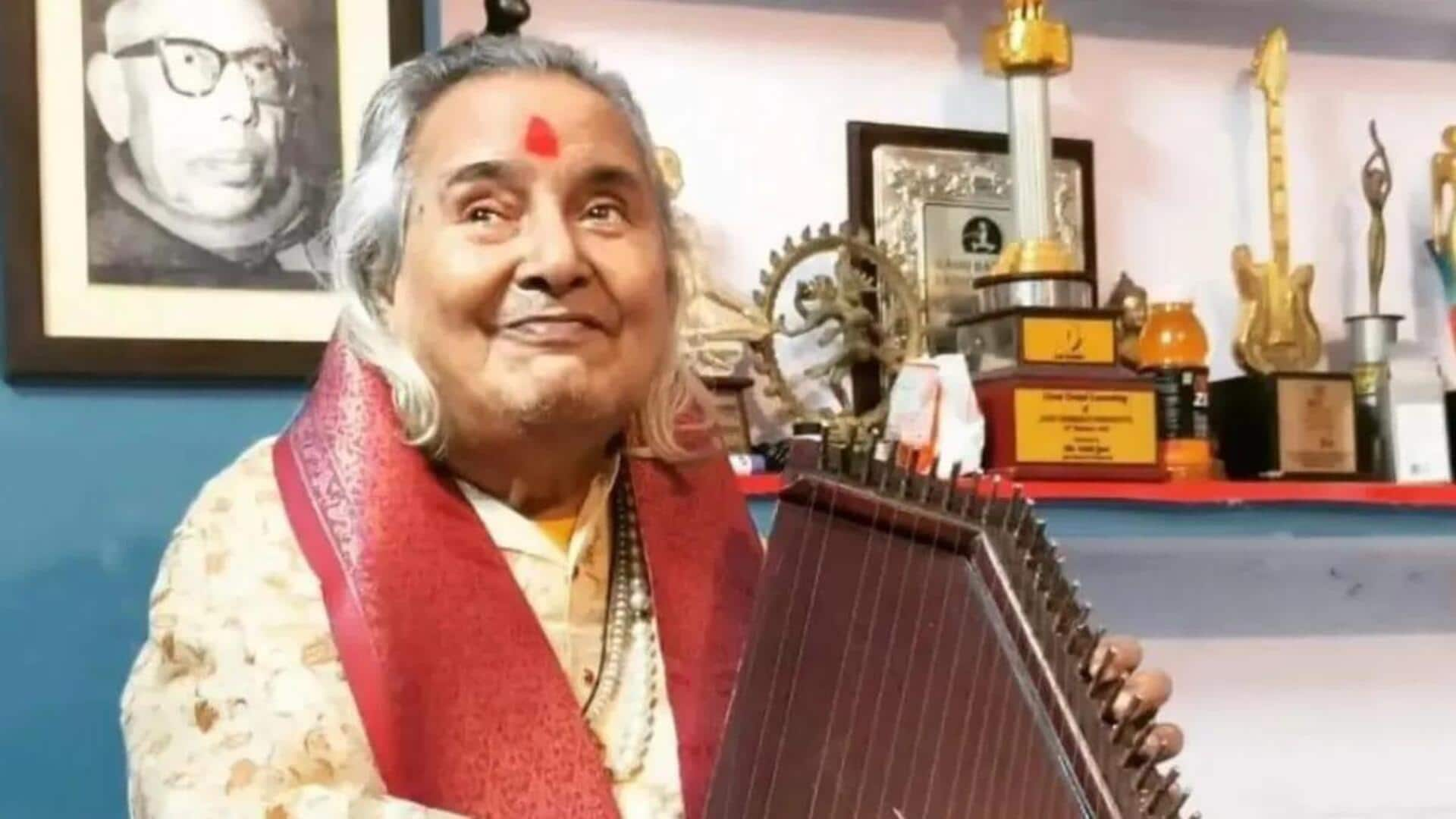**Hindustani Classical Singer Pandit Chhannulal Mishra Dies at 89**
*By Apoorva Rastogi | Oct 02, 2025, 09:58 AM*
Renowned Indian classical singer and Padma Vibhushan awardee, Pandit Chhannulal Mishra, passed away on Thursday, October 2, at the age of 89. He spent his final moments at his daughter’s residence in Mirzapur, Uttar Pradesh.
According to his daughter Namrata, Mishra had been hospitalized for 17 to 18 days due to age-related health issues before returning home. He passed away around 4:00 AM. His last rites are scheduled to be performed in Varanasi at 5:00 PM on Thursday.
**Musical Legacy**
Pandit Chhannulal Mishra was a stalwart of the Banaras gharana and was widely respected for his mastery of Khayal and Purab Ang Thumri styles in Hindustani classical music. Over the course of his illustrious career, he received numerous prestigious awards including the Uttar Pradesh Sangeet Natak Akademi Award, the Shiromani Award from Sur Singar Sansad, and the Government of India’s Sangeet Natak Akademi fellowship.
**Contributions to Film**
In addition to his classical music achievements, Mishra lent his soulful voice to several Bollywood films. Notably, he sang “Kaun Si Dor” in the 2011 film *Aarakshan*, which starred Deepika Padukone, Saif Ali Khan, and Amitabh Bachchan. He also performed the title track for Sunny Deol’s 2018 drama satire *Mohalla Assi*.
**Family and Honors**
Pandit Chhannulal Mishra is survived by his son Ramkumar Mishra, a professional tabla player, and three daughters. Throughout his life, he was honored with some of India’s highest civilian awards — the Padma Bhushan in 2010 and the Padma Vibhushan in 2020.
His profound contributions have left an indelible mark on the Indian classical music scene, inspiring generations of musicians and music lovers alike.
https://www.newsbytesapp.com/news/entertainment/classical-singer-pandit-chhannulal-mishra-dies-at-89/story
